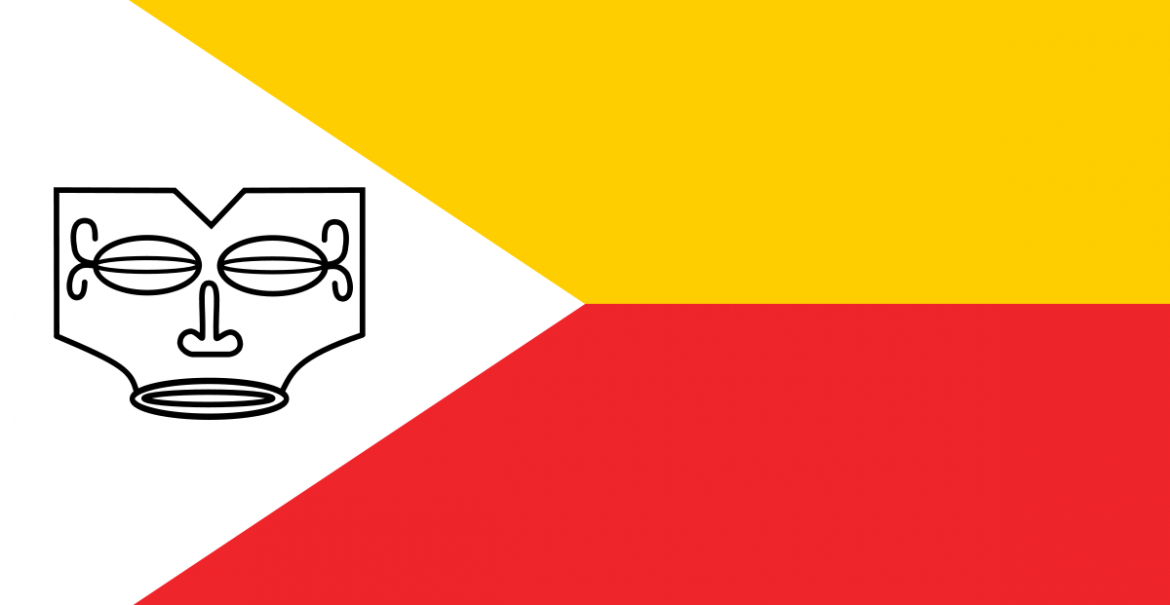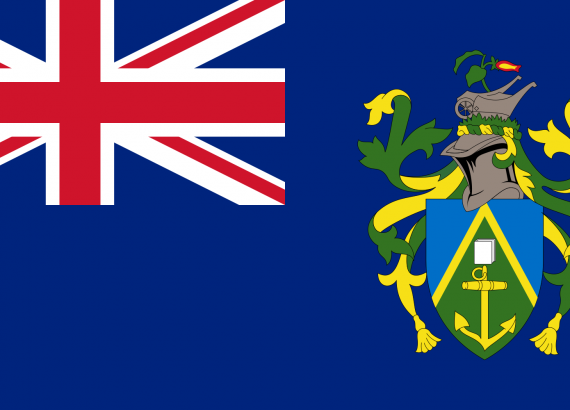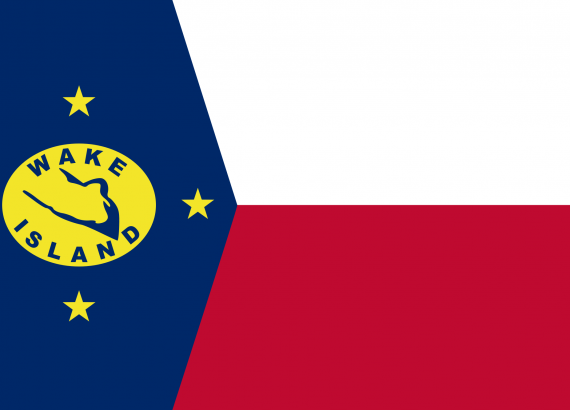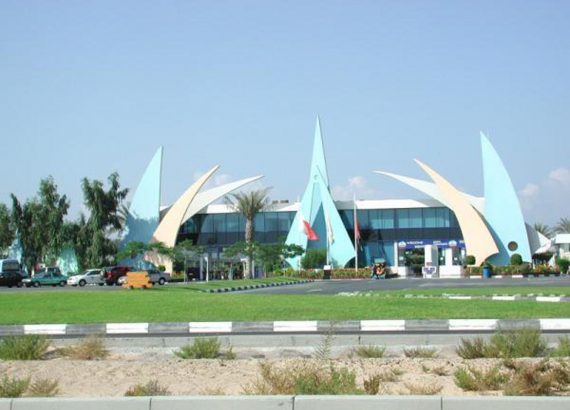
The Marquesas Islands are an archipelago in the Pacific Ocean with a population of around 10,000. They consist of a total of ten larger and two smaller islands, are politically part of French Polynesia and are located approximately 1,550 kilometers from the island of Tahiti.
The main language spoken on the archipelago is French and the CFP franc, which is tied to the euro, is used as a means of payment. The local population largely professes the Christian faith.
The individual islands of Marquesa include Hiva Oa, Nuku Hiva, Ua Pou, Fatu Hiva, Ua Huka, Tahuata, Eiao, Mohotane, Hatutu, Fatu Huku, Moto Iti and Motu One.
The Marquesas Islands are predominantly of volcanic origin, with the 1,232 meter high Mont Oave as the highest point. The island areas are mostly very mountainous and have a rich variety of flora. All islands have a hot, tropical climate all year round.
Tourism is not yet very developed in the Marquesas Islands. Agriculture, fishing and animal breeding provide the local population with the most jobs.
In agriculture, sweet potatoes, bananas, yams, coconuts, taro and breadfruit are mainly grown. The archipelago's only export product is copra, the dried meat of coconuts.
The main attractions of the Marquesas Islands include the Calvary Cemetery with the tomb of the famous painter Paul Gauguin, the Notre Dame Cathedral in Taiohae, the Bay of the Virgins in Fatu Hiva, the Gauguin Museum, the stone statues in Puamau Valley, the valley of Taaoa with its many huge trees, various waterfalls and beaches as well as the figure “Maki'i Taua Pepe” - the most interesting work of art in the entire South Seas.
The largest town and at the same time the cultural and administrative center of the Marquesas Islands is Taiohae with around 1,800 inhabitants. In modern Taiohae there are schools, banks, administrative buildings, a police station, a post office, a hospital and larger shops.
I haven't been to the Marquesas Islands yet.
A visit there is planned in the near future.
Hence no photos!





No Comments